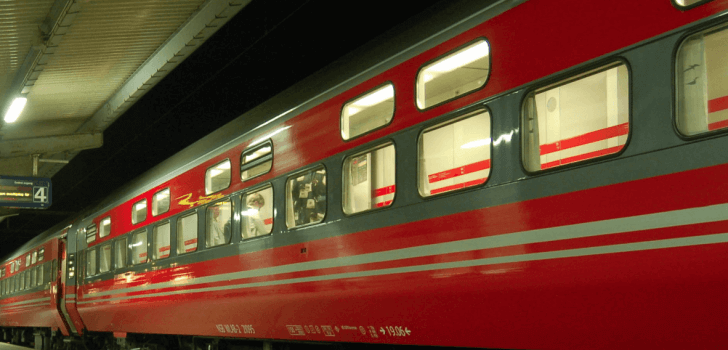Driverless trains are growing in popularity throughout the world. Already, places like New York, Berlin and Vienna offer 24 hour driverless train services on weekends. Pretty soon, London will join these cities as well.
While Europe and Asia seem to be leading the way for constant driverless train operation, the West is catching up. Already, driverless trains are common at airports in the United States, as well as in many major cities. Even Brazil is getting in on the trend, as the country says that it will have driverless trains in place for the 2016 Summer Olympic Games.
For many people, commuting on driverless trains is nothing new. But the ability to take such transportation 24 hours a day is a relatively new concept. Most people say that they are a cheap and efficient way to travel during the night. Any staff who are aboard these trains typically deal with customers rather than dealing with the train.
Many of the driverless train lines in Europe are fully automated. Once they start, they simply don’t stop. They run through the night, and they continue to run all day. They don’t require any involvement from officials other than routine maintenance. The trains literally run themselves.
In Great Britain, the Docklands Light Railway (DLR) represents a form of semi-driverless trains. These trains still have on-board conductors to open and close doors, and they are on deck in the event of an emergency. But other than that, nobody actually operates the trains.
As for London, officials have announced that 250 driverless tube trains are set to be in operation by the mid-2020s. Initially, the trains will start out with an operator on board for safety purposes, but after it is ensured that they work properly, they will commence fully automatic operation.
The first driverless trains in London will cover the Bakerloo and Waterloo lines. There will also be 24 hour lines at Piccadilly and Central City. These trains are expected to increase passenger capacity by thousands. Additionally, the trains will feature air-cooling and walk-through interiors.
These trains will be extremely useful for London, where the population is continuing to grow. Currently, an estimated 8.4 million people live in London. By 2030, it is expected that the city’s population will increase to more than 10 million.
However, some people in the train industry are worried, as driverless trains could take jobs away from railway conductors. Still, it is likely that it will be a long time before this starts happening. Officials have said that they will continue to have conductors on driverless trains until an extensive investigation of safety practices has been completed.
Currently, there is no set timetable for implementing automated trains in London.
Stay Connected